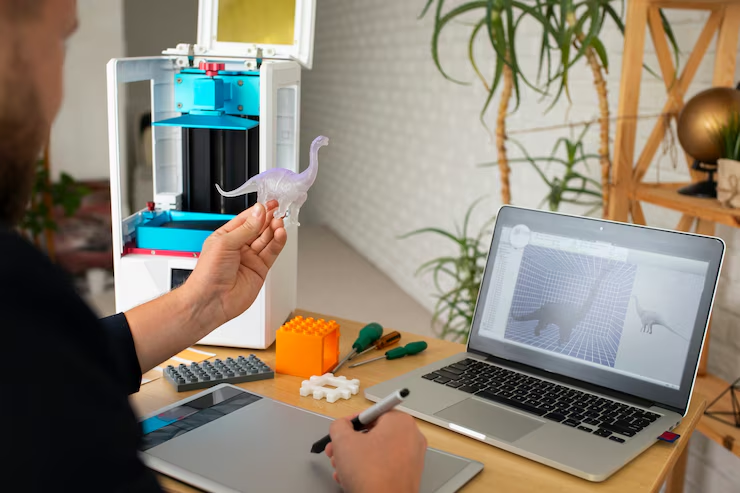Introduction to 5starsstocks.com Military
In today’s fast-paced investment world, staying ahead means tapping into niche sectors with high growth potential. The 5starsstocks.com military segment offers investors a unique gateway to companies driving innovation in defense technology, logistics, cybersecurity, and aerospace. This article explores why 5starsstocks.com military is attracting attention, how to evaluate opportunities, and strategies for building a diversified portfolio focused on defense-related equities.
Why Invest in the Military Sector
The military sector is backed by multi-billion-dollar government budgets worldwide. Rising geopolitical tensions, modernization programs, and the shift toward unmanned systems continue to fuel demand for advanced defense solutions. Through 5starsstocks.com military data and expert analysis, investors can:
-
Identify solid contractors and emerging disruptors
-
Track contract awards, R&D breakthroughs, and regulatory developments
-
Monitor valuations to buy on dips and position for long-term gains
By leveraging the tools and insights offered at 5starsstocks.com military, you gain an edge in understanding which companies are poised for growth and which may face headwinds.
Key Sub-Sectors to Watch
Defense Contractors and Prime Systems Integrators
Major contractors like Lockheed Martin, Northrop Grumman, and Raytheon Technologies dominate traditional military spending. These industry leaders benefit from recurring government contracts and wide product portfolios spanning missiles, aircraft, and radar systems.
Cybersecurity and Information Warfare
Modern defense is as much about protecting data as it is about hardware. Firms specializing in secure communications, network defense, and artificial intelligence offer substantial upside as militaries upgrade cyber defenses. 5starsstocks.com military coverage highlights top-ranked cybersecurity equities and emerging market entrants.
Unmanned Systems and Autonomous Platforms
Drones and autonomous vehicles are transforming reconnaissance and logistics. Innovative small-cap companies at the forefront of autonomy often feature prominently in 5starsstocks.com military watchlists. Early investments can yield outsized returns if these firms secure pilot programs or defense contracts.
How to Use 5starsstocks.com Military Tools
Real-Time Contract Tracking
On the 5starsstocks.com military dashboard, you can view newly awarded contracts sorted by value, region, and project type. This allows you to react quickly when a company you follow secures a major order.
Technical and Fundamental Screens
Customized filters help you screen for military-focused companies with strong balance sheets, attractive valuations, and upward momentum. You can combine price ratios, debt levels, and insider activity to refine your watchlist.
Expert Commentary and Earnings Insights
Regularly updated analysis provides context around quarterly results and program milestones. By reading expert takeaways on 5starsstocks.com military, you learn how contract renewals or program delays may impact stock performance.
Building a Balanced Military-Focused Portfolio
A strong military portfolio balances large established names with selective smaller innovators. Consider allocating:
-
50 percent to blue-chip defense contractors
-
30 percent to mid-cap cybersecurity and autonomous systems firms
-
20 percent to emerging small-cap players with breakthrough technologies
Rebalance quarterly by reviewing sector allocation and trimming positions after large gains. Use 5starsstocks.com military performance charts to identify winners and reassess laggards.
Risk Management Strategies
Investing in the defense sector carries unique risks:
-
Government budget shifts can delay or reduce spending
-
Program cancellations or cost overruns may hurt contractor margins
-
Regulatory scrutiny and export controls can limit international sales
Mitigate these risks by diversifying across sub-sectors, monitoring political developments, and setting stop-loss orders on volatile small-cap positions. The risk-analysis tools on 5starsstocks.com military help you model worst-case scenarios and stress test your allocations.
Conclusion
With global defense budgets on the rise and rapid technological change driving new opportunities, the 5starsstocks.com military platform empowers investors to navigate this dynamic sector confidently. By combining real-time data, expert insights, and customizable screening tools, you can build a diversified portfolio that captures both stability from established primes and growth from emerging innovators. Start exploring 5starsstocks.com military today to position yourself for the next wave of defense industry gains.
